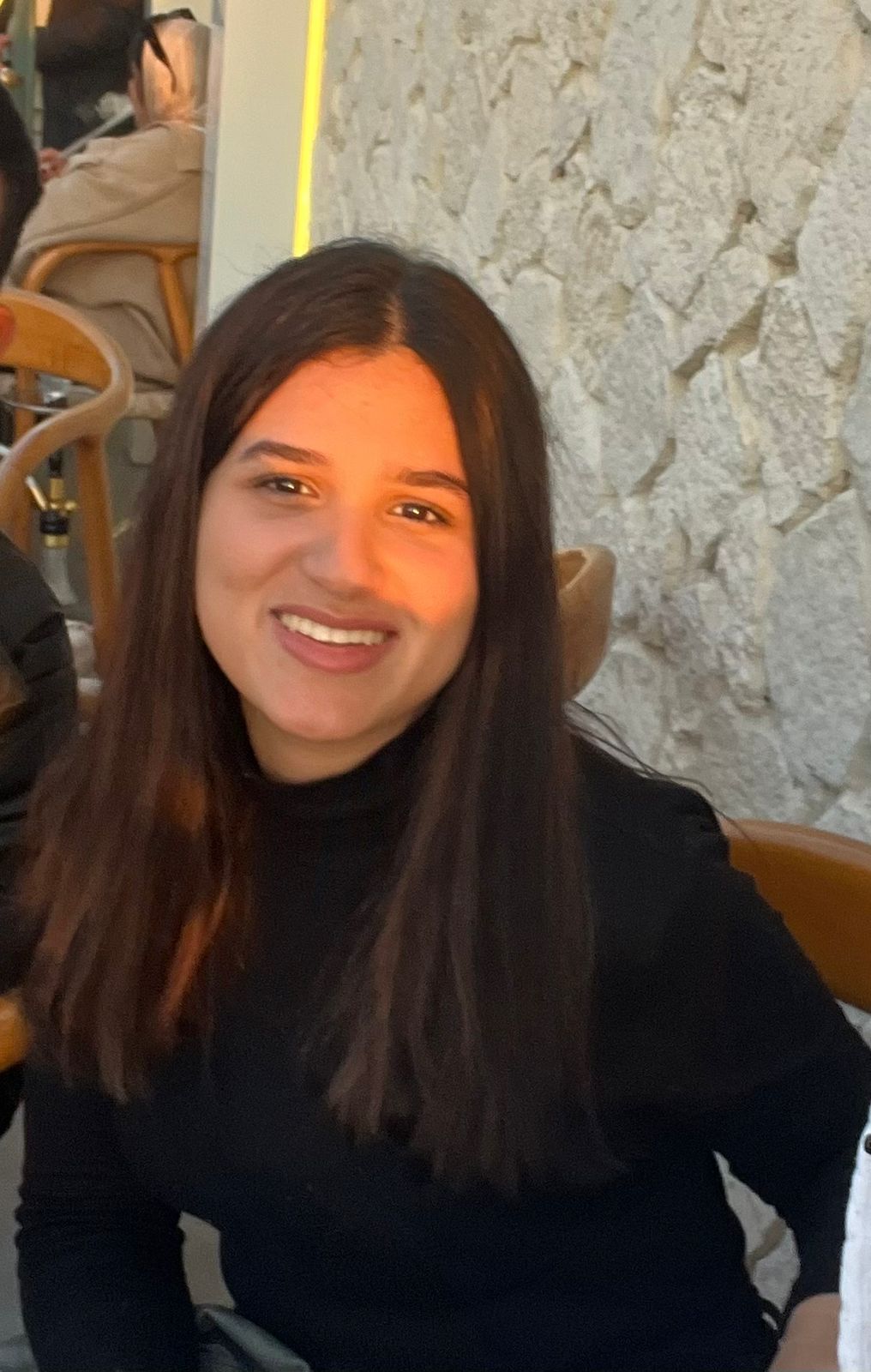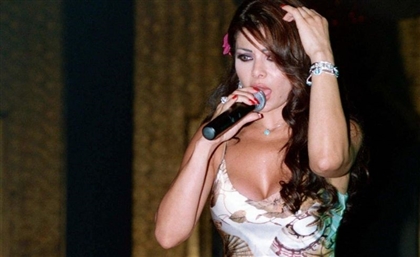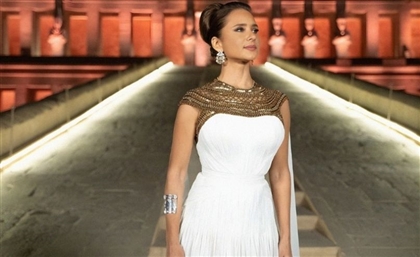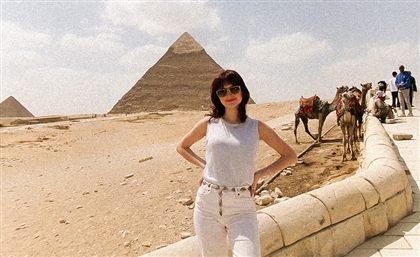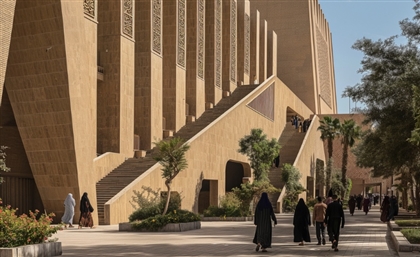Styled Archives: Magda Saleh - Cairo’s Original It-Girl on Pointe
Soviet-trained, Nile-rooted. Egypt’s ballet alchemist spun tutus into protest, pirouetting elitism into dust.
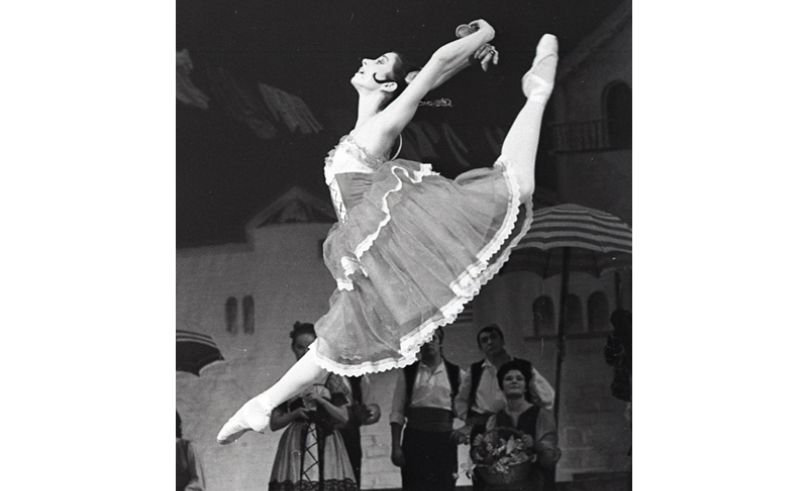
Magda Saleh’s life reads like a three-act ballet: Soviet precision, Egyptian stagecraft, and New York perspective. Egypt’s first prima ballerina, she shaped the country’s dance landscape with discipline, intent, and a clear sense of cultural purpose. Born in 1944 to an Egyptian agronomist and a Scottish mother, Saleh trained at the Bolshoi in Moscow, returning to Cairo in the 1960s.
Her breakout role as Maria in The Fountain of Bakhchisarai (1966) became a touchstone but her influence extended far beyond the proscenium. She danced in Aswan for dam workers, brought ballet to public schools, and approached performance as education and access, not just spectacle.
When the Khedivial Opera House burned down in 1971, Saleh moved to UCLA, where she began documenting Egypt’s folk traditions. Her film Egypt Dances (1979) remains a cultural record. Later, as dean of Cairo’s ballet school and director of the new opera house, she pushed for more local narratives, often in tension with official expectations.
In New York, she became a mentor and cultural voice - lecturing, curating, and staying deeply connected to Egypt’s artistic diaspora.
-171f3397-edc9-4409-837b-17b5b016d765.jpg) Magda Saleh backstage at the Old Cairo Opera House, 1959. Captured after the Ballet School’s inaugural 'Class Concert,' where she was awarded the evening’s sole solo by founder and teacher Professor Alexei Jukov
Magda Saleh backstage at the Old Cairo Opera House, 1959. Captured after the Ballet School’s inaugural 'Class Concert,' where she was awarded the evening’s sole solo by founder and teacher Professor Alexei Jukov
This photograph captures the pared-down purity of mid-20th-century stage costuming. Saleh wears a classic romantic tutu - softly structured bodice, short, layered skirt, and delicate straps - in what appears to be a monochrome palette, likely white or pastel. The simplicity of the outfit highlights the fragility and ethereal poise of her pose, with the absence of excess ornamentation allowing the line of the body to speak for itself. It’s balletic minimalism with lyrical intent.
Act I: The Bolshoi Butterfly
Trained under Stalin-era taskmasters, Saleh mastered the icy perfection of Russian ballet - only to return to 1960s Cairo as a Soviet-Egyptian hybrid. Her Maria in The Fountain of Bakhchisarai (1966) wasn’t just a Polish princess; it was a metaphor for Nasser’s postcolonial Egypt: delicate, defiant, and caught between empires. Critics swooned, but Saleh swapped galas for gravelly stages in Aswan, performing for dam workers who’d never seen a pirouette…
-a897decd-e05a-420d-9edb-d4b3e7e6fa8b.jpg) A Photograph from the 1960s
A Photograph from the 1960s
In this photo Magda leans into pastoral romanticism. She wears a soft, puff-sleeved bodice with a rounded neckline, the kind that feels wistful and storybook-like. The full tulle skirt flows gently to just below the knee, trimmed with graceful, undulating lines of ribbon that echo the delicate nature of her character.
-8b683907-3ed1-431a-8aba-a97d1e583685.jpg) Magda Saleh in a studio portrait as Giselle (Act II), captured by Studio Alban on Kasr El Nil Street, Cairo, 1968.
Magda Saleh in a studio portrait as Giselle (Act II), captured by Studio Alban on Kasr El Nil Street, Cairo, 1968.
This evocative photograph captures Egyptian prima ballerina Magda Saleh in the title role of Giselle, embodying the ethereal grace of Romantic ballet. Her costume, a traditional white tutu of soft, floating tulle, is paired with a delicate floral crown - a circlet of small white blossoms that rests gently atop her dark, swept-back hair. This headpiece, emblematic of the willis in Giselle, symbolises purity, sorrow, and the otherworldly nature of the character.
Act II: The Phoenix of the Opera House
When Cairo’s Khedivial Opera House burned in 1971, it incinerated her stage but not her spirit. Saleh fled to UCLA, traded tutus for thesis papers, and unearthed Egypt’s folk dances - tanoura spins, Saidi stomps - in her documentary Egypt Dances (1979). Returning as dean of Cairo’s ballet school, she clashed with ministers who wanted tutus, not Tahrir Square grit. Tasked with directing the new Japanese-funded opera house in 1987, she fought for Fellini-esque lighting and fellahin choirs - only to be ousted for “prioritising peasants over Puccini.”
-c88d20c4-bd99-431d-b2ad-30248120d3f0.jpg) Magda Saleh with the Cairo Ballet Company, 1970
Magda Saleh with the Cairo Ballet Company, 1970
This dynamic image captures Saleh mid-leap in full performance, wearing a structured tutu with a cinched bodice, likely in a romantic or classical role. The sharp lines of her arabesque contrast beautifully with the soft curve of the skirt, frozen in flight. The costume, while decorative with hints of ruffle and ribbon, remains designed for movement - a perfect harmony of form and function.
 Magda Saleh as Kitri in ‘Don Quixote’ Moscow, 1971
Magda Saleh as Kitri in ‘Don Quixote’ Moscow, 1971
Magda’s ensemble is classic character-ballet costuming with folkloric flair. She wears a mid-length tutu dress with a structured, corset-like bodice, cinched tightly at the waist, and adorned with delicate lace trimming along the neckline and hem. The skirt’s layers of soft tulle billow out in an airy bell shape, edged with alternating bands of ribbon for a touch of rustic vibrance.
Act III: The Diaspora’s Matriarch
Exiled to New York in the ’90s, Saleh became a curator of Egyptian soul. With her Egyptologist husband Jack Josephson, she turned Lincoln Center lectures into love letters to her homeland, pairing academic rigor with Bedouin embroidery shawls. To young Arab artists abroad, she was “Tante Magda” - a chain-smoking sage in Issey Miyake pleats, dissecting Sufi whirling over Turkish coffee.
Final Bow: The Legacy in Lace and Leather
Saleh’s style was a manifesto: Soviet-structured bun meets kohl-lined eyes glaring at gatekeepers. When she died at 79 in 2023, Cairo’s ballet orphans mourned a woman who’d turned pliés into protests. Her true costume? Skin etched with Nile silt and Kremlin snow.
-d351267c-287b-4469-9ae2-2d1ada6eea25.jpg) Magda Saleh in 2018
Magda Saleh in 2018
A portrait steeped in quiet, bohemian elegance. Magda’s look leans toward timeless artistic eccentricity - sleek, silver hair drawn back to reveal the drama of her statement jewellery: a beaded, multicolour choker paired with a chunky turquoise ring. The black ensemble acts as a canvas, letting the accessories radiate a kind of worldly, slightly folkloric glamour.
-731b75ff-1927-41f9-a108-3639cd6ab4df.jpg) 'Dancing in the Light: An Egyptian Ballerina Story,' exhibition in AUC, 2019
'Dancing in the Light: An Egyptian Ballerina Story,' exhibition in AUC, 2019
In this photograph, Saleh wears a softly draped grey knit top that pairs ease with refinement. A cowl neckline frames a bold turquoise pendant, the focal point of an otherwise understated look. Her earrings mirror the pendant’s blue-green tones, creating a balanced palette. A folded burgundy shawl adds warmth and depth to the ensemble. With silver hair swept back and minimal makeup, she embodies quiet elegance - poised, grounded, and visually in dialogue with the archival photographs surrounding her.
- Previous Article Michael Bublé to Perform in Egypt’s New Capital
- Next Article Six Unexpected Natural Wonders to Explore in Egypt
Trending This Week
-
Dec 27, 2025
-
Dec 23, 2025







